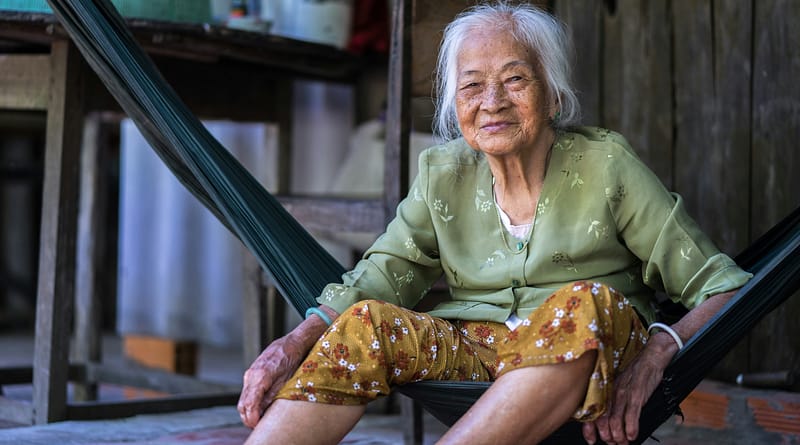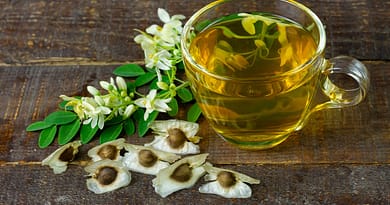Live Till 100: How to Become a Centenarian
Want to live to 100? Discover the fascinating secrets of centenarians who’ve achieved this remarkable milestone. From their unique eating patterns to their outlook on life, these 5 evidence-backed lifestyle habits that can help you naturally optimise your longevity. Skip intro
Table of Contents
Overview
From faecal transplants to blood transfusions to cryogenic head-freezing, science has devoted significant resources to unlock the secrets of longevity. And potentially resurrect the dead, or at least their heads.[1,2,3]
While some search for the fountain of youth through scientific breakthroughs, others simply ask: “What lifestyle choices will best preserve my body and mind?”—with the goal of gracefully ageing into our golden years, disability-free.
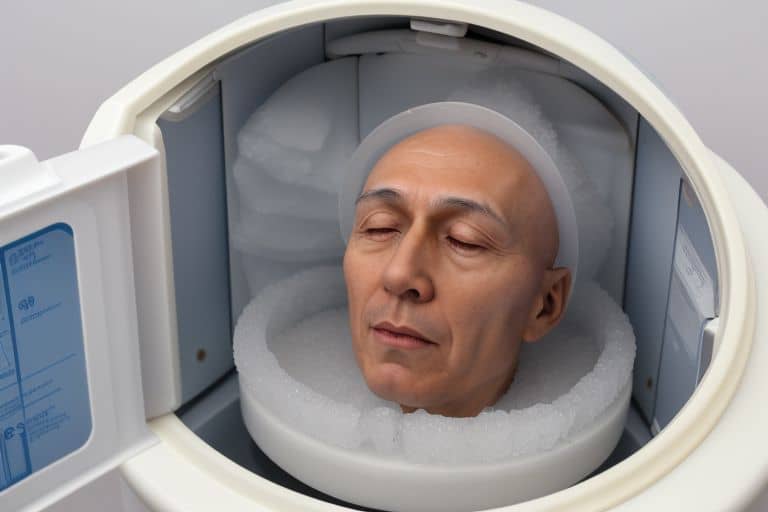
And when it comes to real-world examples of longevity, few are as compelling as the Blue Zones: geographic locations where people naturally reach extraordinary ages in good health.
Fortunately, extensive research exists on centenarians, those who live past 100, offering valuable insights into their longevity.
The highest concentration of these long-lived individuals is found in these locations, identified by Dan Buettner and his team.
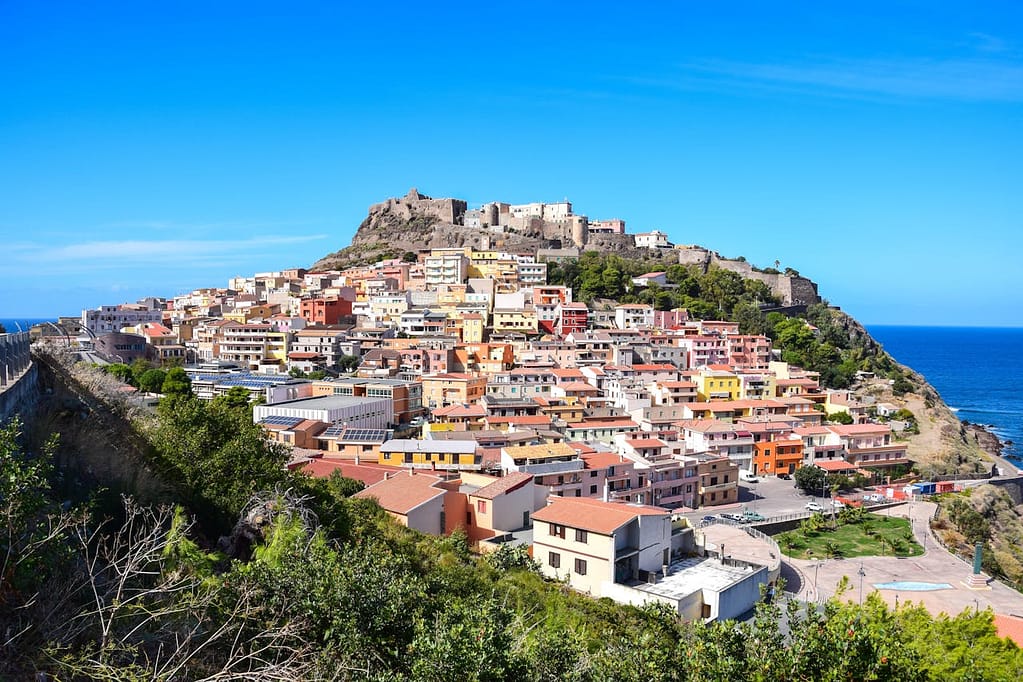
These regions include Ikaria (Greece), Okinawa (Japan), the Nicoya Peninsula (Costa Rica), Loma Linda (CA, USA), and Sardinia (Italy).
Below we’ve distilled the wisdom from these Blue Zones into five key takeaways.
Each is backed by further studies to help us gain a better insight into why these lifestyle practices contribute to their remarkable longevity, and how we could implement these ourselves.
Want to drastically slow down age-related decline?
Many of the declines we associate with ageing—like muscle loss, reduced energy, and joint pain—can be drastically slowed down and even prevented with the right lifestyle choices. The Longevity Blueprint, a science-backed framework by fitness expert Ben Greenfield, challenges these outdated beliefs by combining modern body performance research with time-tested traditions from long-living cultures.
1. Anti-Inflammatory Diet
Blue Zone diets provide a perfect representation of what nutritious, anti-inflammatory food looks like.
Nicoyans primarily consume a plant-based diet rich in legumes and cereals, with occasional animal products like pork and eggs.
Sardinians follow a similar pattern but regularly include pasta, dairy, and lamb.
In Ikaria, Greece, the diet focuses on vegetables, legumes, and olive oil, with fish as a common protein source.
While these regions follow a Mediterranean-style diet, Okinawans in Japan incorporate seafood, algae, soy products, and sweet potatoes extensively.
Despite these regional variations, one common thread emerges in Blue Zone diets: they all consume REAL food—minimally processed and straight from a plant or animal source.
In scientific terms, it’s ‘cellular’ food. That is, if you place that food under a microscope, can you see plant or animal cells?

Some common overlaps include whole plant foods (fruits, vegetables, legumes, and whole grains), fish or nuts and seeds rich in omega-3’s, fermented foods (like tofu, miso, cheese, and yogurt), and healthy fats (such as olive and sesame oil).
In addition, moderate consumption of green tea, coffee or wine is very common in the Blue Zone area, each positively linked with longevity.[4]
But diet alone isn’t enough. Practices like eating until 80% full in Okinawa and the social aspect of meals in Mediterranean cultures naturally prevent overeating.
In other words, nutritious food is just one piece of the dietary puzzle that contributes to longevity.
Want to hack your mindset to follow a diet that supports longevity?
This approach is echoed in Mindvalley’s WildFit, a course that shifts how we think about food. Rather than strict dieting, it helps rewire eating habits for long-term health, mirroring the intuitive food choices of longevity hotspots.
2. Don’t Be Lonely
Loneliness kills. No surprise cults are so attractive.
Bad comedy aside, loneliness can be a killer. Therefore, regular social interactions are crucial for longevity.
Research within the Blue Zones has highlighted the importance of this, with a strong social community being deemed as a critical factor for reaching those golden years.
The theme of tight-knit social groups seems to be prevalent throughout the Blue Zone areas.

In Okinawa, Japan, they even have a name for their social group—it’s called a moai. This consists of five friends who are committed to each other for the rest of their lives.
These groups regularly meet to discuss current affairs, support each other, and help out members of the community.[8]
While other Blue Zone locations might not have a moai group, social relationships and close family bonds are a primary aspect of their lives.
This may be down to these regions usually being located in secluded and isolated locations, such as mountain areas and islands, allowing them to sustain a traditional way of life. Centred on close and meaningful relationships and interactions between all members of the community.[9]
How loneliness affects mortality has been researched in much detail, down to specific types of loneliness.
Such as, does death rate increase more with ‘actual’ or ‘perceived’ loneliness? How about, if I’m socially isolating out of choice (e.g., illness, or “I like being alone”), does that cause increased mortality?
To find out more, click below.
Looking to build a social circle with like-minded individuals?
Check out Build Your Dream Community course. This Mindvalley programme offers a step-by-step approach to cultivating deep, lasting connections. Whether that’s your friendship group, professional networks, or even global movements. Because the right people don’t just appear—you create the space for them to find you.
3. Do Hard Things
You have to do hard things for your body and mind to work at its optimum. But not too hard. This habit can be observed throughout the Blue Zones populations.
For instance, in Okinawa, Japan, cold exposure is normal, with cold-water swimming and outdoor activities in cooler seasons.
Nicoyans in Costa Rica practice intermittent fasting as part of their cultural and religious traditions, often finishing their last meal in the late afternoon.

Residents of Ikaria, Greece, engage in daily gardening, which combines exposure to nature with moderate physical activity.
In Sardinia, Italy, daily walks are a normal part of life, as many villagers traverse steep hills and rugged terrain to go about their daily tasks.
So why does engaging in moderately difficult things make one live longer? The concept of hormesis sums this up neatly, with hormesis meaning “low level beneficial stress.”
The basic concept of hormesis is: Do things that suck. But only a little bit.
The goal is to cause a little stress and strain on the body. But not too much. Just enough to overcompensate, due to moderate damage.
Looking for a structured approach to integrate these resilience-building habits into your lifestyle?
Consider Mindvalley’s Smarter Not Harder program. This 14-day course guides you in optimising your body’s operating system, enhancing both mental and physical performance through cutting-edge biohacking techniques.
4. Good Habits Only
Sometimes, all that keeps us from living those extra 7-10 years that Blue Zone populations on average get to enjoy may be down to simple daily habits.
Let’s get some advice from the data on our Blue Zone centenarians—individuals who cannot be better advisors for practicing good habits.
For instance, in Costa Rica, the elderly engage in regular exercise and brisk walks as part of their daily activities, totalling around 3-4 hours of moderate-intensity exercise each week.
In Ikaria, Greece, individuals are known for maintaining controlled alcohol consumption, with an average of 1.5 glasses of red wine daily, renowned for its phytochemical and antioxidant properties.
In Sardinia, Italy, it is common to sleep 8-9 hours a night, with afternoon naps padding any missed snoozes.

We all know what our addictions and vices are, and what might get us into an early grave. Bad diet? Sedentary lifestyle? No sleep? Substance addiction?
Yet we tend to ignore them or not invest enough time and energy into changing them—even though they are what’s considered a ‘modifiable risk factor.’ That is, a bad habit you can change.
As stated in the American Journal of Lifestyle Medicine, “it has been shown that 50% of premature deaths in developed countries such as the United States are due to modifiable lifestyle behavioral risk factors.”[13]
That is, practicing better habits.
Building good habits isn’t just about discipline—it’s about mindset.
Mastering the Growth Mindset programme helps you rewire your thinking to make positive habits second nature, ensuring long-term success in any area of life.
5. Find a Purpose
In Okinawa, people refer to their sense of purpose as ikigai, while in Nicoya, it’s known as plan de vida—both roughly translating to ‘purpose’ but really meaning ‘the reason for getting out of bed each day.’
Remarkably, having this strong sense of purpose has been linked to living up to seven years longer![16]
Across the Blue Zones, individuals find purpose within their family duties, social community, activities, roles, and responsibilities.
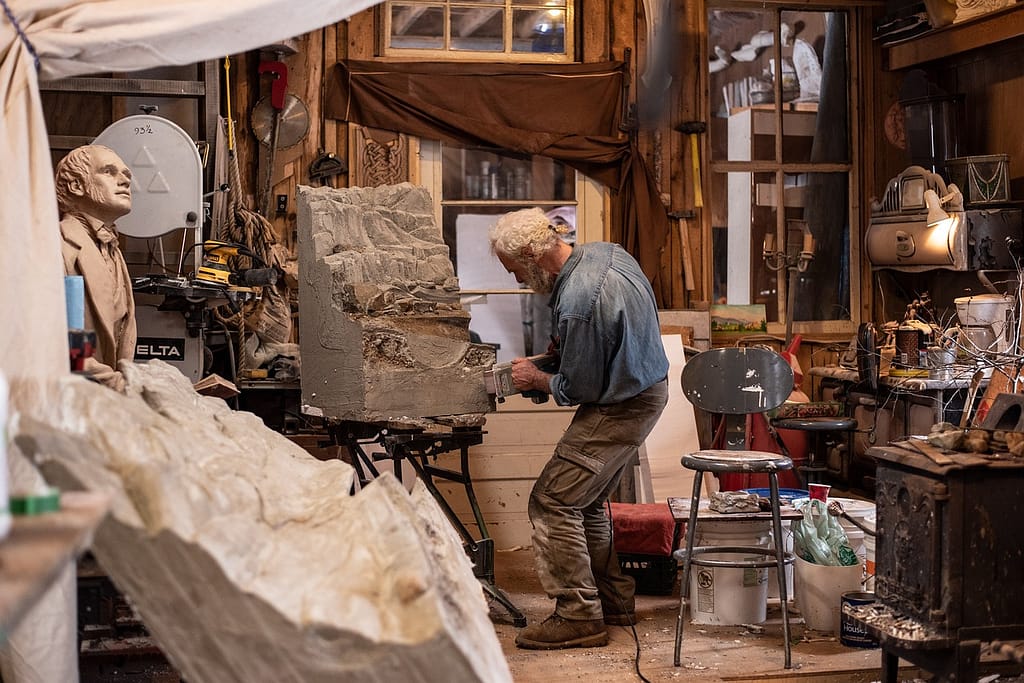
For example, elderly Okinawans often keep gardening well into their 90s.
In Sardinia, older men frequently serve as community leaders, sharing their wisdom with younger generations in the town squares.
Similarly, in Loma Linda, California, numerous retirees volunteer at local hospitals or participate in community health initiatives.
However, purpose goes beyond feeling fulfilled—it has measurable health benefits. Click below to find out more!
Living with purpose doesn’t just add meaning to your days—it can add years to your life.
Mindvalley’s Be Extraordinary program helps you align your daily actions with your mission, increasing fulfilment and longevity by tapping into your highest potential.
Final Words
The Blue Zone diets, habits and lifestyles reveal valuable secrets to longevity that we can adopt in our everyday lives.
Thankfully, these centenarian-inspired strategies don’t require advanced science or extreme measures—they are accessible to everyone, rooted in simple yet powerful lifestyle choices that can transform our health and well-being.
Simple strategies such as consuming an anti-inflammatory diet, embracing beneficial stress, and cultivating good habits can significantly enhance our chances of living longer, healthier lives.
Meanwhile, nurturing social connections and finding a sense of purpose can not only enhance our longevity but also give us a more fulfilling life.
Disclosure
Mindvalley links in this post are affiliate links, meaning I earn a small commission if you make a purchase—at no extra cost to you. I only recommend courses I personally rate or think you’ll love!

